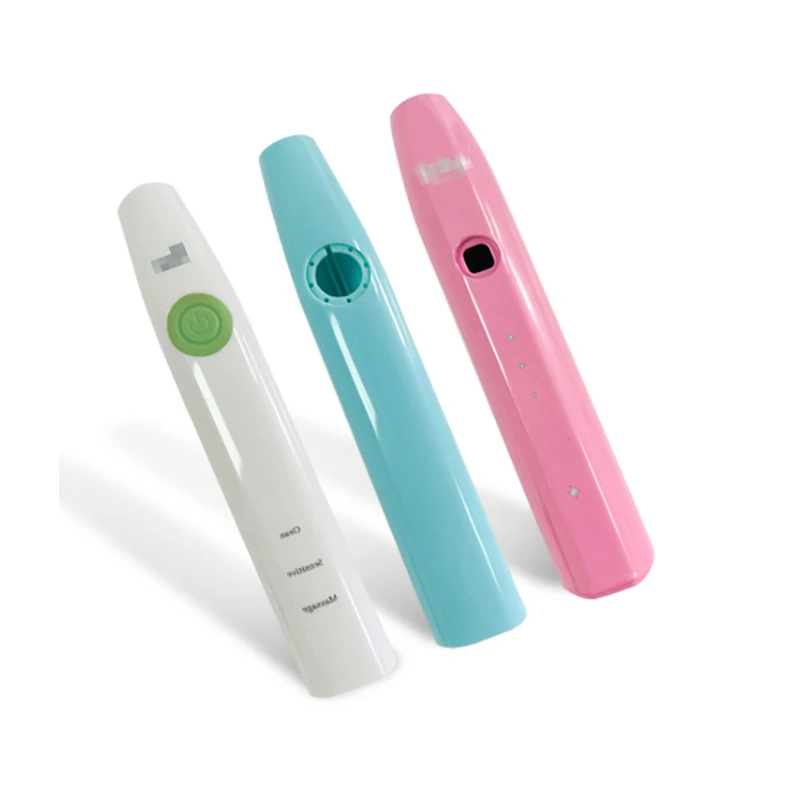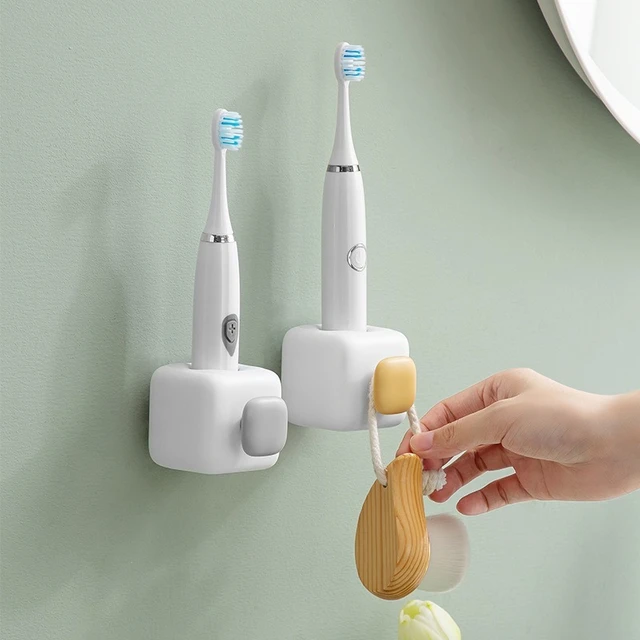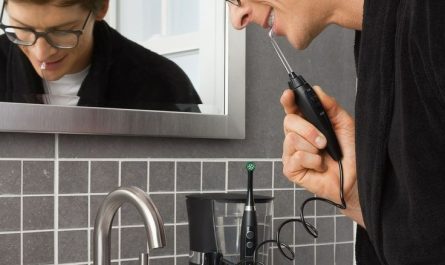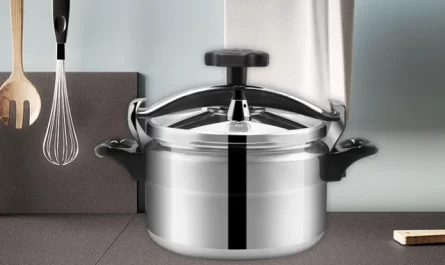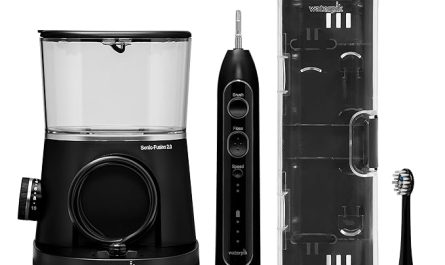Noticing mold on your electric toothbrush is alarming, especially considering you use it daily for oral hygiene. Mold can grow in damp, neglected areas, and unfortunately, an electric toothbrush is a perfect breeding ground if not properly maintained. This issue not only impacts the performance of your toothbrush but also raises health concerns. Mold can lead to respiratory problems, allergies, and other health complications. So, how can you effectively prevent mold from taking up residence on your electric toothbrush? This comprehensive guide will cover everything you need to know, offering practical tips and preventive measures.
Understanding Mold Growth
To effectively combat the presence of mold on your electric toothbrush, it is essential to understand what causes mold to thrive.
The Ideal Conditions for Mold
Mold flourishes in warm, damp environments where there is little to no airflow. Electric toothbrushes, often stored in humid bathrooms, provide these exact conditions. Water droplets left on the toothbrush after use, combined with a lack of proper drying, create an ideal habitat for mold spores to settle and grow.
The Health Implications
Mold exposure can have various health impacts, ranging from mild to severe. Inhaling mold spores can trigger allergic reactions, including sneezing, runny nose, red eyes, and skin rash. In more severe cases, it can exacerbate asthma symptoms and lead to respiratory infections. Ensuring your electric toothbrush remains mold-free is crucial for maintaining good health.
Proper Cleaning Techniques
Regular and thorough cleaning is your first line of defense against mold on your electric toothbrush.
Daily Cleaning Routine
After each use, rinse the toothbrush head thoroughly under running water. Make sure to remove all toothpaste residue and shake off excess water. Consider using a toothbrush sanitizing solution occasionally to kill any lingering bacteria or mold spores. A diligent daily cleaning routine helps prevent the buildup of mold.
Weekly Deep Cleaning
Once a week, take the time to deep clean your electric toothbrush. Remove the brush head and soak it in a mixture of water and antibacterial mouthwash for about 15 minutes. This process helps eliminate any deeper-seated mold spores and bacteria. Make sure to thoroughly rinse the brush head afterward to remove any remaining solution.
Cleaning the Handle
Don’t forget to clean the handle of your electric toothbrush as well. Wipe it down with a damp cloth and mild soap, paying particular attention to any crevices where mold might hide. Regularly cleaning the handle ensures the entire device remains hygienic.
Effective Drying Methods
Proper drying of your electric toothbrush is equally important in preventing mold growth.
Air Drying Techniques
After rinsing your toothbrush, store it in an upright position where it can air dry completely. Avoid placing it in a closed cabinet or drawer, as lack of airflow can promote mold growth. Instead, keep it in a well-ventilated area, ideally where it can receive direct airflow. Effective air drying is essential to preventing mold.
Using a Toothbrush Cover
While toothbrush covers can be useful, make sure they have ventilation holes to allow air to circulate. Using a cover without proper ventilation can trap moisture and promote mold growth. Choose covers designed to aid in drying rather than hinder it.
Regularly Changing the Brush Head
Replacing your electric toothbrush head every three months is another effective way to prevent mold. Over time, bristles can harbor bacteria and mold, making regular replacement essential for hygiene. Keeping track of when to change the brush head ensures continued effectiveness and cleanliness.
Proper Storage Solutions
Where you store your electric toothbrush plays a significant role in preventing mold.
Bathroom Environment
Bathrooms are naturally humid environments, making them less than ideal for storing an electric toothbrush. If possible, store your toothbrush in a dry, well-ventilated area outside the bathroom. Doing so reduces exposure to moisture and helps keep your toothbrush mold-free.
Use of a Toothbrush Holder
If you must store your toothbrush in the bathroom, use a quality toothbrush holder that allows proper ventilation. The holder should keep the brush head elevated and separated from other brushes to prevent cross-contamination. Selecting a holder that promotes airflow helps mitigate mold risk.
Avoiding Proximity to the Toilet
Keep your toothbrush as far from the toilet as possible to minimize exposure to bacteria and mold spores that might be airborne after flushing. This simple yet effective step can have a significant impact on maintaining toothbrush hygiene.
Anti-Mold Products and Tools
Several products and tools can further assist you in keeping your electric toothbrush free from mold.
Toothbrush Sanitizers
Ultraviolet (UV) toothbrush sanitizers use UV light to kill bacteria and mold spores effectively. These devices can be a valuable addition to your oral hygiene routine, providing an extra layer of protection. Regularly using a UV sanitizer ensures the toothbrush remains sterile.
Antibacterial Rinses
Using antibacterial mouthwash or rinses to occasionally soak your toothbrush head can help keep it bacteria-free. Choose products designed to eliminate a broad spectrum of bacteria and mold. Incorporating antibacterial treatments into your routine boosts overall hygiene.
Desiccant Packs
Placing a small desiccant pack in your toothbrush holder or nearby storage area can help absorb excess moisture, reducing the likelihood of mold growth. This is especially useful in humid environments. Utilizing desiccants aids in maintaining a dry storage condition.
Recognizing and Addressing Mold Growth
Despite your best efforts, mold can still occasionally appear. Knowing how to recognize and address it promptly is crucial.
Identifying Mold
Mold can manifest as black, green, or white spots on the toothbrush bristles or handle. It might also appear as a slimy or fuzzy coating. If you notice any of these signs, immediate action is necessary.
Immediate Action Steps
If you detect mold, immediately remove the toothbrush head and soak it in a strong antibacterial solution or boiling water for several minutes. Discard the moldy brush head if possible, and replace it with a new one. Thoroughly clean the handle and ensure it dries completely before reassembling.
Preventing Reoccurrence
After addressing the mold, reevaluate your cleaning, drying, and storage practices to ensure they effectively prevent future mold growth. Making necessary adjustments helps maintain a mold-free toothbrush environment.
Health Impact and Safety Measures
Understanding the health impact of mold and implementing safety measures is crucial for long-term well-being.
Health Risks
Regular exposure to toothbrush mold can compromise your immune system, lead to respiratory issues, and exacerbate existing allergies. Protecting yourself from these risks by maintaining a clean toothbrush is crucial.
Additional Safety Measures
Wear gloves when cleaning a moldy toothbrush to avoid direct contact with mold spores. Wash your hands thoroughly afterward to ensure no mold spores remain. Taking extra precautions enhances safety and hygiene.
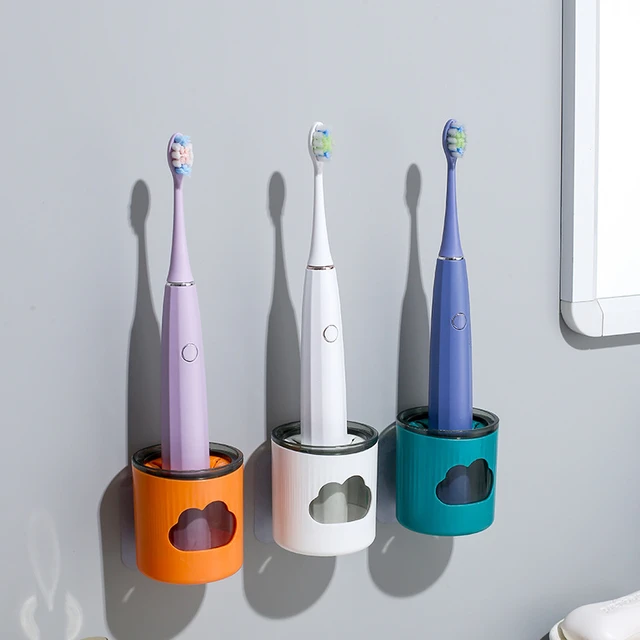 Expert Recommendations
Expert Recommendations
Expert advice can provide valuable insights and additional tips for preventing mold growth.
Dental Professional Tips
Consult your dentist for specific recommendations on maintaining toothbrush hygiene. Dentists often have the latest information on effective cleaning and storage techniques. Following professional guidance ensures optimal oral health.
Consumer Product Reviews
Reading reviews and seeking recommendations for effective toothbrush sanitizers, antibacterial solutions, and storage holders can help you choose the best products to keep your toothbrush mold-free. Informed decision-making enhances your oral care routine.
Sustainable Practices and Environmental Considerations
In addition to personal hygiene, considering the environmental impact of your toothbrush maintenance practices is important.
Eco-Friendly Cleaning Solutions
Opt for biodegradable and non-toxic cleaning solutions that are effective against mold yet gentle on the environment. Choosing eco-friendly products supports sustainability.
Recycling and Disposal
Properly dispose of used toothbrush heads by recycling them if possible. Many brands offer recycling programs. Responsible disposal reduces landfill waste.
Conclusion
Dealing with electric toothbrush mold requires a combination of proper cleaning, effective drying, appropriate storage, and proactive prevention measures. By understanding the conditions that promote mold growth and implementing best practices to counteract them, you can ensure your electric toothbrush remains hygienic and safe to use. Regular maintenance, combined with the use of specialized tools and products, will help keep mold at bay, promoting better oral health and overall well-being.

